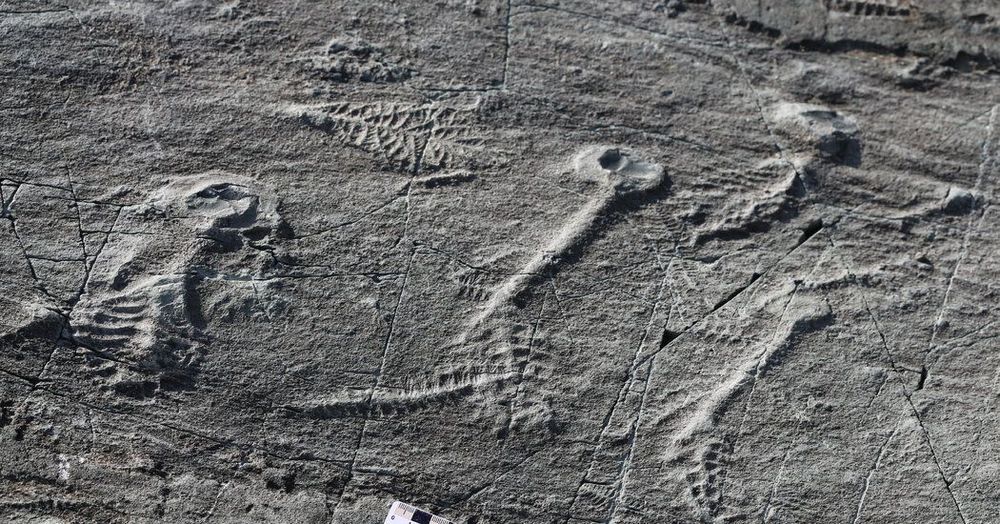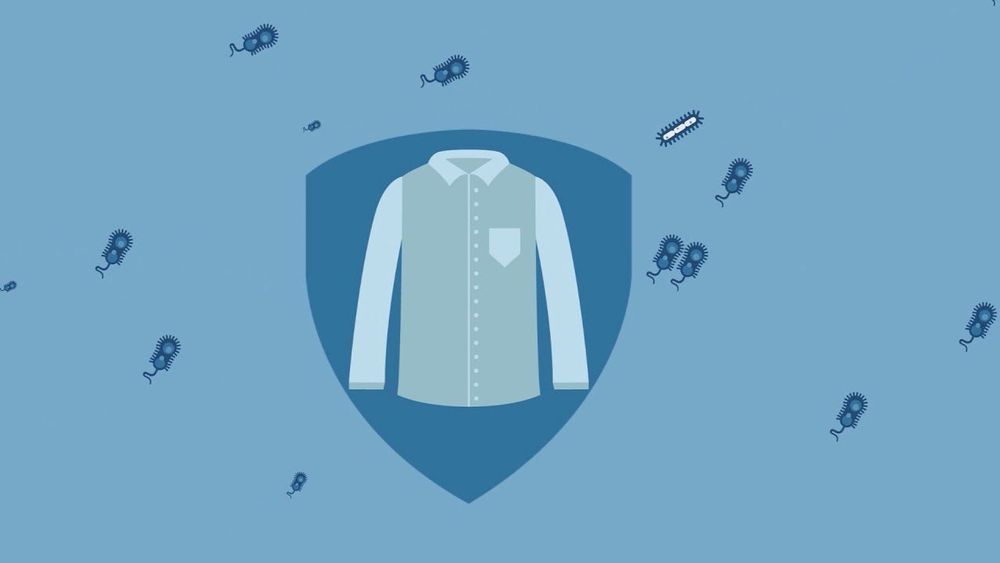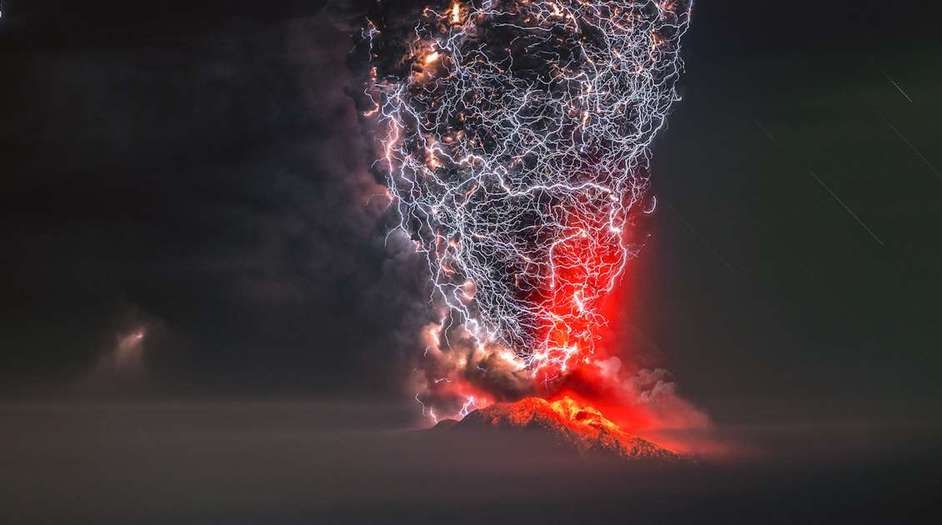Finding new medicines is like finding a needle in a haystack. By linking a powerful computational approach to advances in chemical manufacturing, this company is making piles of needles.
Artificial intelligence (AI) and machine learning are increasingly becoming a part of drug discovery and development beginning with identifying new compounds to structuring and designing clinical trials and targeting clinical trial populations.
A recent example came out of Linköping University in Sweden. The investigators utilized an artificial neural network to create maps of biological networks based on how different genes or proteins interact with each other. They leveraged a large database with information about the expression patterns of 20,000 genes in a large group of people. The AI was then taught to find patterns of gene expression.
And in mid-February, a drug developed using AI began testing in human clinical trials. The molecule, DSP-1181, is currently in Phase I clinical trials for obsessive-compulsive disorder. The compound is a long-acting potent serotonin 5-HT1A receptor agonist developed using AI that was part of a collaboration between Japan’s Sumitomo Dainippon Pharma and the UK’s Escientia. The AI developed the compound in about 12 months, compared to a more typical five-year process.
Fossils of rangeomorphs, which dominated the oceans more than a half-billion years ago, show the thin threads that connected them.
Sonovia’s textiles are resistant to bacteria and fungus; firm hopes its tech will also work against viruses; has sent samples for testing to China.
The incredible shot of the rare phenomenon, captured above Calbuco volcano in southern Chile, won first prize in “The Perfect Moment” photo competition.
Would you want to know if you’re at risk of Alzheimer’s disease, for example?
The integration of sequencing into health care doesn’t fit very well in the model of how medicine is practiced today, but is well aligned with the future vision of health care that so many of us have — a vision that focuses upon prediction and prevention.
We imagine that personal genome sequencing could play a central role in bringing about a more personalized and participatory form of medicine — including a health care system where patients have more knowledge of their own risks and diagnoses and are empowered to act upon that information.
With that in mind, more of us are asking this question: Rather than focusing only on people with a suspected or diagnosed genetic disease, why not also use genome sequencing to help seemingly healthy people screen for all sorts of conditions, even diseases for which they have no known family history?
Stem cells are possibly Nature’s best-stored secret. These cells, which might be discovered in multicellular organisms, including humans, no longer handiest have the capability to divide (mitosis) but additionally to form various structures such as cartilage, bone and lots of more. The procedure is called as differentiation.
Stem cell knee surgery can be used to successfully treat a wide range of acute and chronic knee situations and injuries. Thanks to advancements in regenerative medicine, we are capable of use stem cell therapy as a possible alternative to many invasive techniques consisting of, total knee joint replacement surgical treatment and arthroscopic knee surgical procedure, to treat knee pain. Additionally, stem cell therapy may additionally be ideally suited for people who do not qualify for surgical processes.
Gene therapy is the introduction of DNA into a patient to treat a genetic disease or a disorder. The newly inserted DNA contains a correcting gene to correct the effects of a disease, causing mutations. Gene therapy is a promising treatment for genetic diseases and also includes cystic fibrosis and muscular dystrophy. Gene therapy is a suitable treatment for infectious diseases, inherited disease and cancer.
Over the last few centuries, infectious diseases have been understood and tackled, through advances in sanitation, anti-microbial medications and vaccination. One day we may also be able to tackle genetic diseases – lifelong conditions arising from mutations that we inherit from our ancestors or that occur during our development.
China’s claims of how it’s handling coronavirus recovery should be taken with more than a few grains of salt.
Even before COVID-19 became a global crisis, Chinese leaders had been criticized for their handling of the situation and lack of transparency about the disease’s progression. Things now look like they’re on the upswing, and businesses even appear to be headed back to work — but whistleblowers and local officials tell Caixan that’s just a carefully crafted ruse.
Beijing has spent much of the outbreak pushing districts to carry on business as usual, with some local governments subsidizing electricity costs and even installing mandatory productivity quotas. Zhejiang, an province east of the epicenter city of Wuhan, claimed as of Feb. 24 it had restored 98.6 percent of its pre-coronavirus work capacity.
How’s this for 2020 vision? Over the holidays, I took a series of high-res photos of my hometown on Mars. This panorama is made up of a crisp 1.8 billion pixels. It’s my most detailed view to date.
Zoom in: https://go.nasa.gov/3ap38hB








